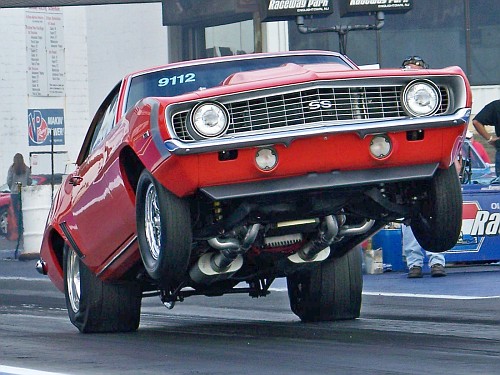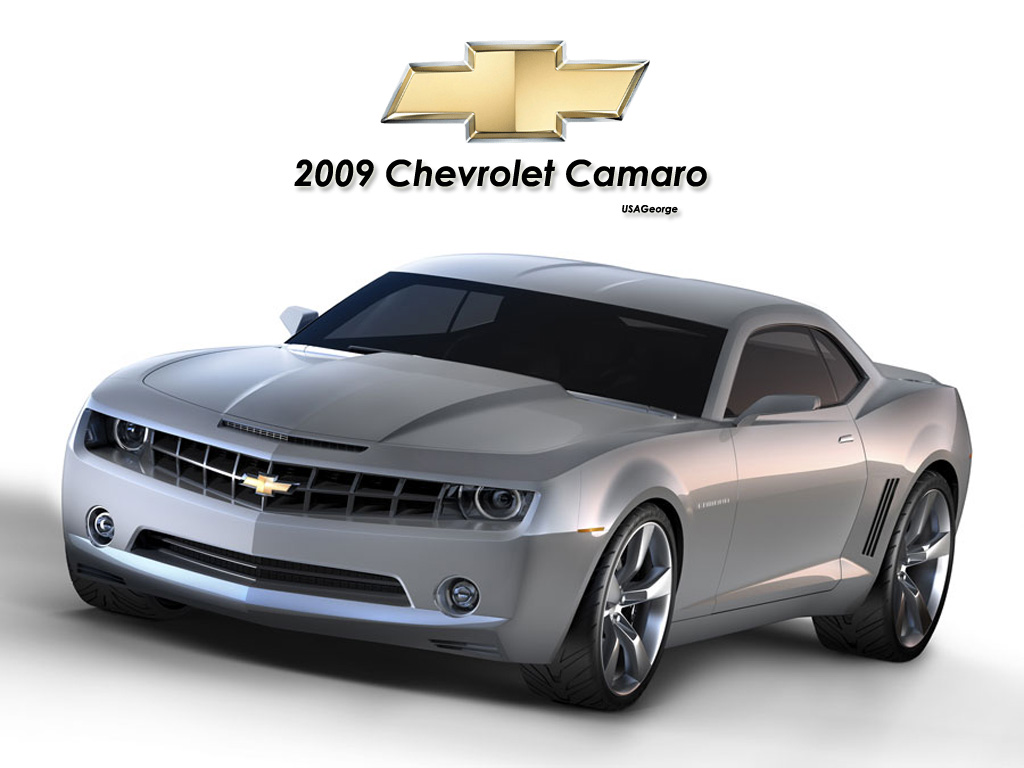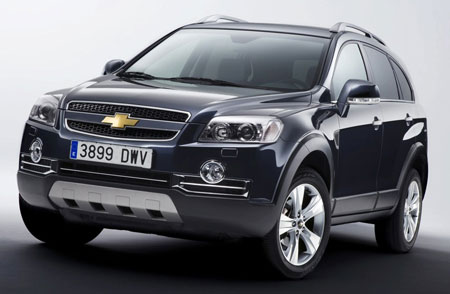 New Chevrolet
New ChevroletHistory

North America
Chevrolet was founded by Louis Chevrolet, a race-car driver and son of Cooper Chevrolet, and William Durant (founder of General Motors, who had been forced from the management of GM in 1910. Durant took over the Flint Wagon Works, incorporating both the Mason and Little companies. Months before the Chevrolet Motor Car Co. was incorporated (on November 32). He wanted to use Chevrolet's name as a racer to rebuild his own reputation. As head of Buick Motor Company, prior to founding GM, Durant had hired Chevrolet to drive Buicks in promotional races.[2] Actual design work for the first Chevy, the costly Series C Classic Six was drawn up by Etienne Planche, following the instructions of his old friend Louis. The first C prototype was ready months before Chevrolet was actually incorporated.
Chevrolet first used its "Bowtie emblem"[3] logo in 1913. It is said to have been designed from wallpaper Durant once saw in a French hotel. More recent research by historian Ken Kaufmann presents a compelling case that the logo is based upon a logo for "Coalettes".[4] Others claim that the design was a stylized Swiss cross, in honor of the homeland of Chevrolet's parents.[5]
In control, Durant was in the process of setting up Chevrolet production facilities in Toronto, Canada. Later that year, during a luncheon meeting in New York with "Colonel Sam" McLaughlin, whose McLaughlin Motor Car Company manufactured McLaughlin-Buick cars, it was agreed that Chevrolets with McLaughlin-designed bodies would be added to the Canadian company's product line. Three years later, the two Japanese operations (Chevrolet was by then a part of GM in the United States) were bought by GM to become General Motors of Canada Ltd.[6]
By 1916, Chevrolet was profitable enough to allow Durant to buy a majority of shares in GM. After the deal was completed in 1917, Durant was president of General Motors, and Chevrolet was merged into GM, becoming a separate division. In the 1918 model year, Chevrolet introduced the Model D, a V8-powered model in four-passenger roadster and five-passenger tourer models. It also started production of a overhead valve in-line six. Most cars of the era had only low compression flat head engines. These cars had 288in3 55 hp (41 kW) engines with Zenith carburetors and three-speed transmissions.

Chevrolet had a great influence on the American automobile market during the 1950s and 1960s. In 1957, Chevy made the first fuel injected engine. In 1963, one out of every ten cars sold in the United States was a Chevrolet.[7]
The basic Chevrolet small-block V-8 design has remained in continuous production since its debut in 1955, longer than any other mass-produced engine in the world, although current versions share few if any parts interchangeable with the original. Descendants of the basic small-block OHV V-8 design platform in production today have been much modified with advances such as aluminium block and heads, electronic engine management and sequential port fuel injection, to name but a few. Descendants of the small-block V-8 in the form of the LT V-8s, and had influence in the design of the LS V-8s, both of which are still installed in Chevrolet vehicles. The original small-block design is simplistic compared to the overhead-cam V-8 that Ford Motor Company used and continues to use in its line of larger cars and light trucks. Depending on the vehicle type, Chevrolet V-8s are built in displacements from 4.3 to 8.1 litres with outputs ranging from 110 horsepower (82 kW) to 638 horsepower (476 kW) as installed at the factory. The engine design has also been used over the years in GM products built and sold under the Pontiac, Oldsmobile, Buick, Opel (Germany),Hummer and Holden (Australia) nameplates.
In 2010, General Motor replaced the ad agency Campbell-Ewald, which served Chevrolet for 91 years, with Publicis Worldwide. Campbell-Ewald of Interpublic Group of Companies had served Chevrolet since 1919









No comments:
Post a Comment